2017 Mini Countryman Review: First Drive

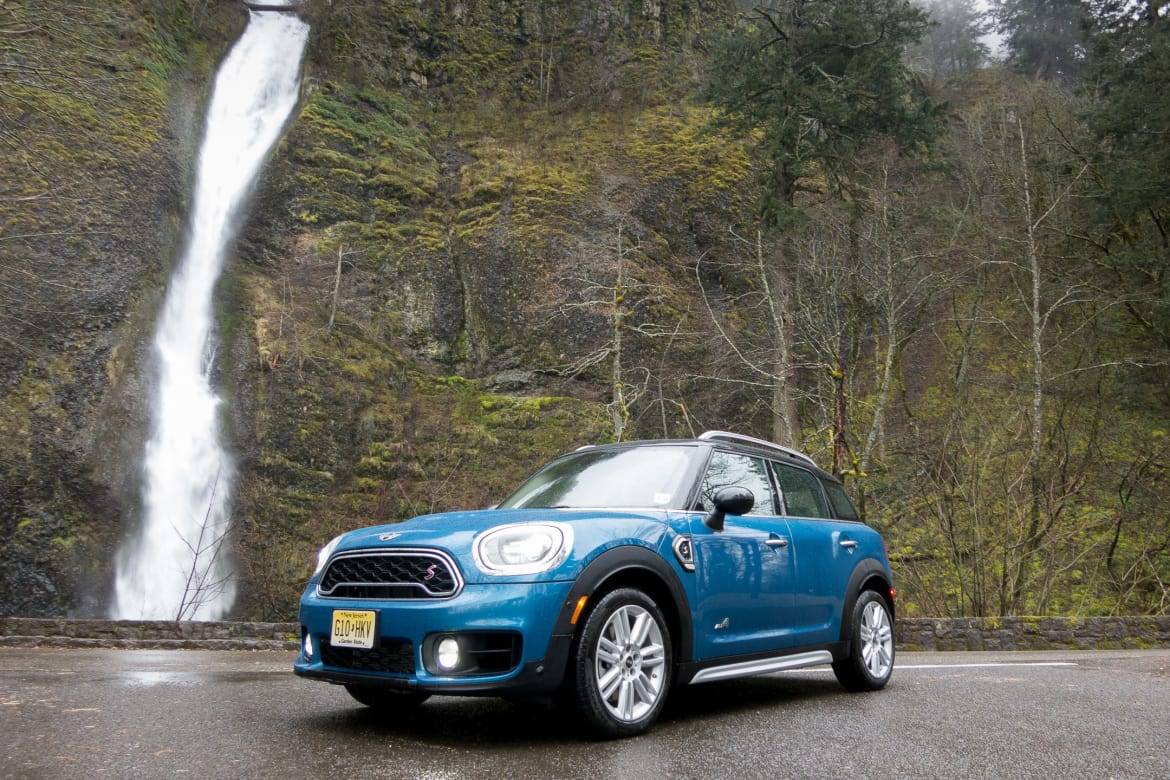
CARS.COM — The second-generation Mini Countryman has arrived, now built off an all-new platform, with all-new engines, all-new transmissions and an all-new all-wheel-drive system as well. It’s bigger, more refined, more spacious and more powerful than ever. But now that the Countryman has a lot more competition in the premium compact SUV class, can it still command the price premium?
Despite sharing not one body panel with the outgoing Countryman, the new one looks every bit a Mini. The front end receives new taillights and the traditional Mini-style grille, while a taller greenhouse lets in more light compared with the higher beltline of the old model.
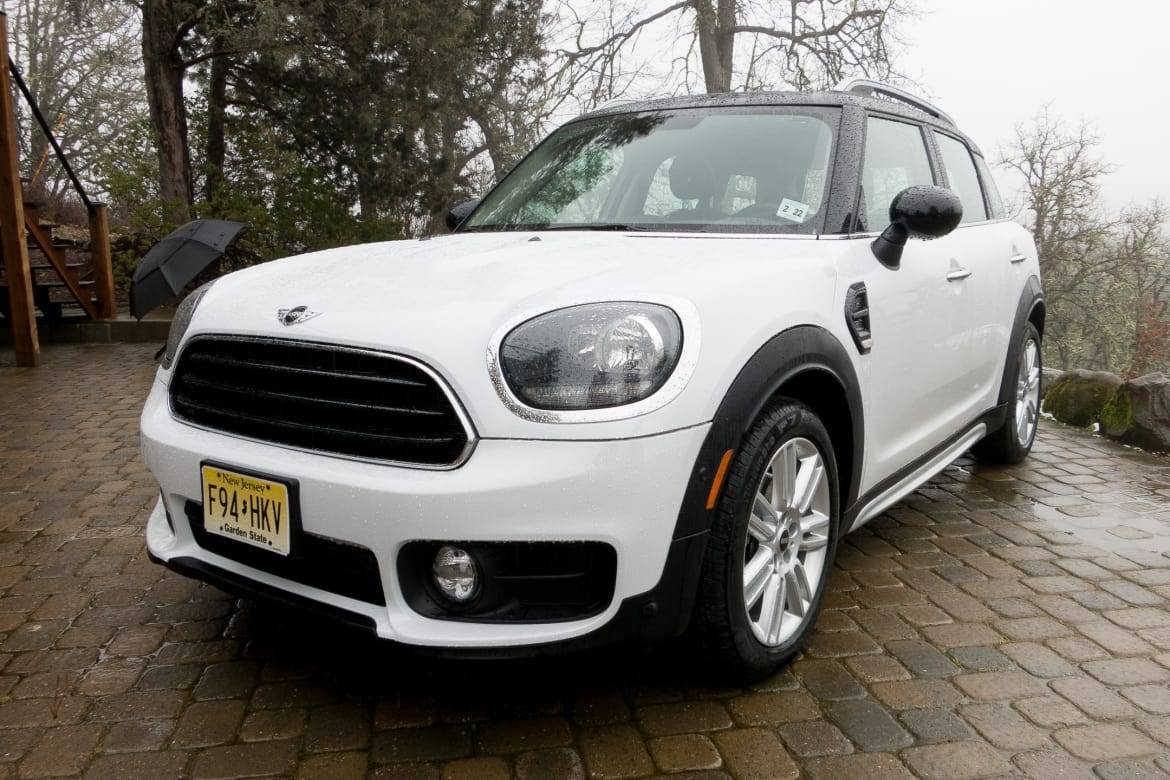
The biggest change comes in back, where the previous Countryman’s horizontal taillights have been reoriented and now look like larger versions of those seen on Mini’s hatchback Hardtops. The differences are subtle but make for a cleaner, less awkward design.
Less-Mini Mini
What’s not subtle is how the Countryman has grown over the outgoing model — more than 8 inches in length and more than an inch in width. That has led to a much bigger backseat area and class-competitive headroom, but with a seating position that’s more than 5 inches higher than the comparably sized interior of the Mini Clubman four-door. As with the rest of the Mini lineup, customizing options are practically boundless — from color combinations and stripes to special theme packages, Mini hasn’t lost its versatility in making a new model exactly how you want it.
Acceleration: Scant or Punchy
Two models of Countryman are available initially: the base model Cooper and the more powerful, sportier Cooper S. A high-performance John Cooper Works model arrives in April, and a plug-in hybrid will arrive in June. The base engine in the Cooper trim is a turbocharged 1.5-liter three-cylinder engine making a worryingly scant 134 horsepower and 162 pounds-feet of torque. It’s mated to a standard six-speed manual transmission or optional six-speed automatic driving the front wheels. If you opt for the ALL4 all-wheel-drive option (newly available for the base Cooper model, too), that engine comes with the eight-speed automatic only.
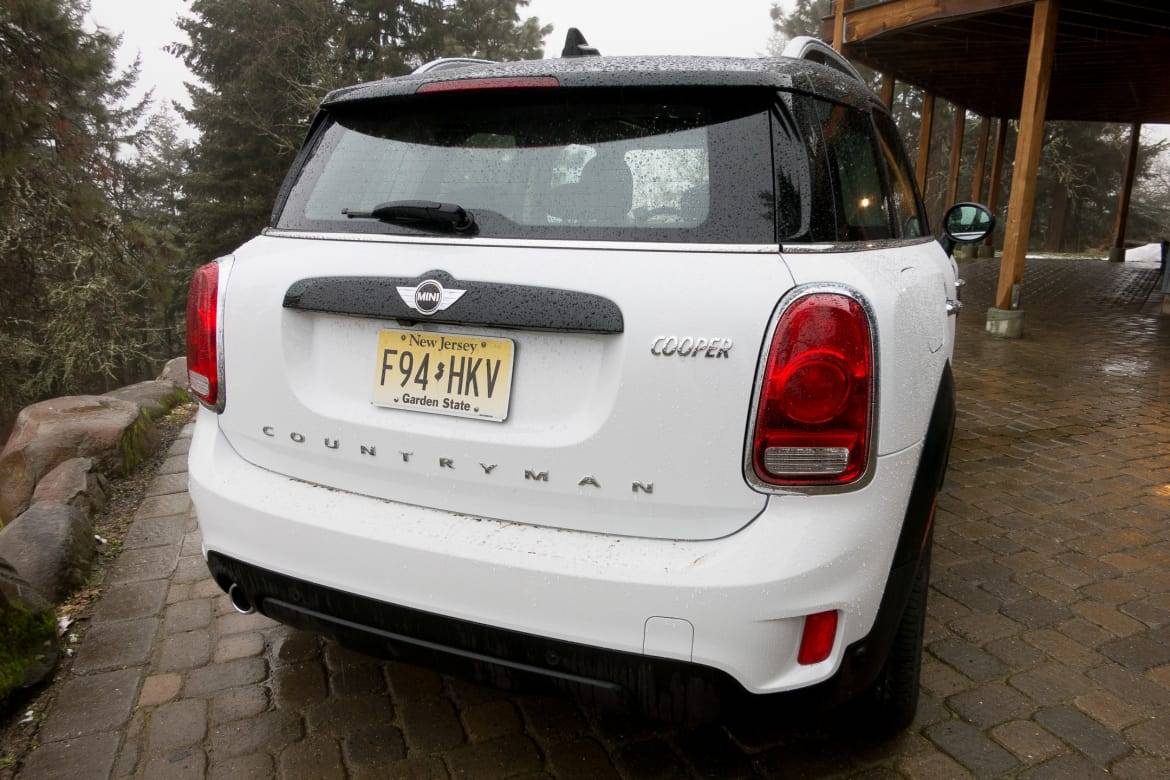
The Cooper’s three-cylinder engine sounds pretty terrific, a growly little mill that isn’t afraid to rev but never sounds thrashy or stressed. In around-town driving, it provides plenty of low-end torque to get you off the line, but when you put your foot to the floor, the Countryman runs out of steam quickly. To its credit, it never stopped pulling, even on a long uphill grade with two big gentlemen aboard while passing a semi. But for the enthusiasts out there, the Cooper S is the way to go.
That model features a new turbocharged 2.0-liter four-cylinder making a more robust 189 hp and 207 pounds-feet of torque. It’s also available with a six-speed manual (but only with all-wheel drive) or eight-speed automatic (front- or all-wheel drive). There’s even a sport automatic eight-speed that adds flappy paddle shifters on the steering wheel; more robust, heavier-duty internal components; electronic Launch Control; and more aggressive shifting behavior for faster acceleration. When Launch Control is engaged, Mini says that the Countryman Cooper S can reach 60 mph in about 6.5 seconds. The Countryman’s brakes are soft on initial pedal application, but the more you dig into them, the progressively harder they work and more confident they feel.
The Cooper S feels much quicker than the Cooper, with acceleration punch both around town and out on the highway that’s addicting. Pop the mode selector into Sport and everything gets even more fun, with a different shift program, firmer steering, different suspension settings and better accelerator response that turns the compact crossover into a tossable, snarling little beast. Yet despite all the aggressive attitude, both trim levels feature an astonishingly well-damped ride. Bumps are registered, broken pavement is revealed, but no unrefined disturbances get through to passengers. Road noise is another matter, but that had more to do with the terrible, pebbly pavement surfaces around Portland, Ore., where I tested the cars than the lack of sound deadening in the Countryman.
The Countryman requires much more steering effort than competing vehicles like the Audi Q3 or Mercedes-Benz GLA-Class. I can’t say much about handling behavior as I was unable to drive the Countryman too aggressively due to terribly inclement weather conditions on the drive route. That evaluation will have to wait for a later test. But the overall feel of either trim of Countryman is one of a tight, athletic, sporty premium compact that can be had in “fun” or “extra-fun” variants.
Surprising Space
The extra space that the 2017 Countryman brings is immediately evident when sitting down. There’s a ton of headroom, even with the standard panoramic moonroof, and plenty of width for front occupants in the knee, hip and shoulder dimensions. Backseat passengers also have it good, with a standard sliding, reclining and split-folding backseat and surprising amount of legroom for occupants. Visibility out of the Countryman is excellent in every direction, with big windows all around and pillars that aren’t overly thick.
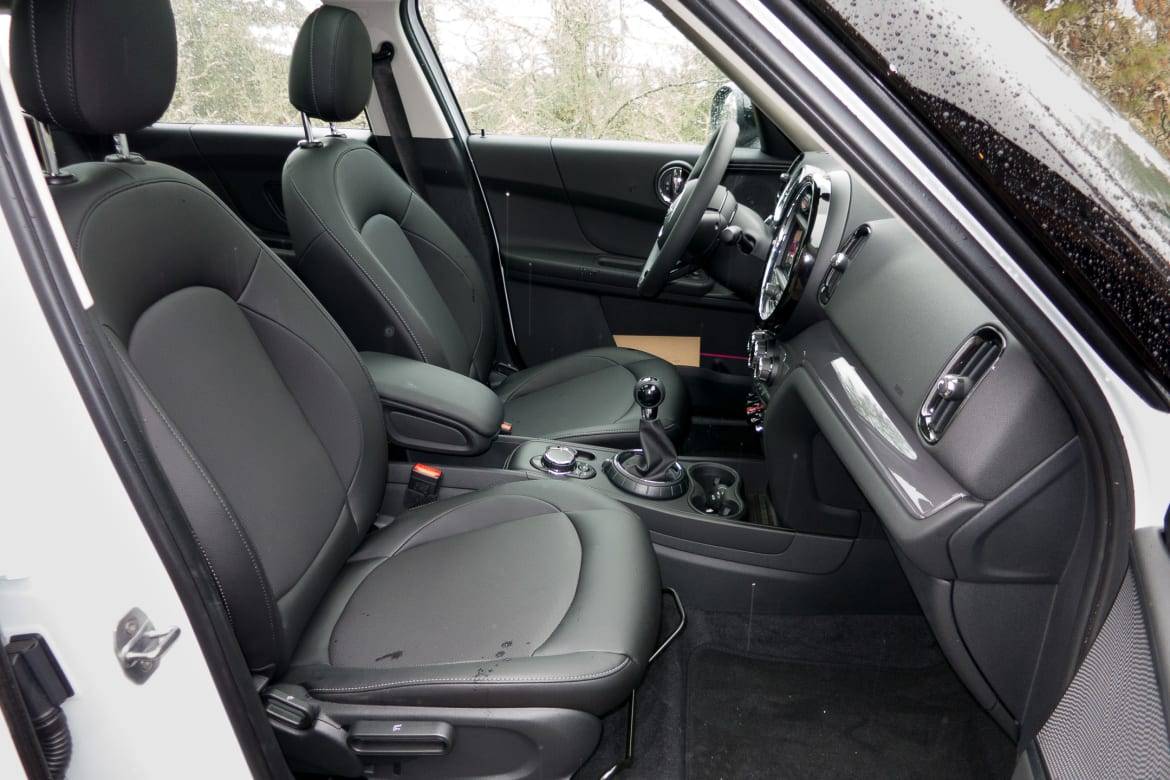
The interior materials feel decidedly premium, helping to justify the Countryman’s price over similar models from more mass-market brands. The typical Mini cues are all here, such as the small round multifunction gauge cluster attached to the steering column, the big round circle that houses the multimedia system, even the toggle-style switches for all sorts of functions both down low and up high on the overhead console. Both vehicles I tested had sport seats, and both proved comfortable and decently adjustable.
Touchscreens and Touchiness
There’s an all-new multimedia system in the 2017 Countryman, one that’s been redone for a more iconographic approach and helps reconfigure things so they’re suitable for the new touchscreen that’s now part of the system. It’s only moderately successful — some of the icons aren’t exactly intuitive, there isn’t a lot of color contrast to identify what you want to use quickly, and things are still buried in menus that you’ll have to navigate in order to get to items like vehicle settings. It also had some big problems reading and playing songs from two different iPhones, sometimes not playing the music despite the screen showing it was, and more often not playing the actual song that it said was playing. Apple CarPlay and Android Auto are not yet offered, but are coming, says Mini.
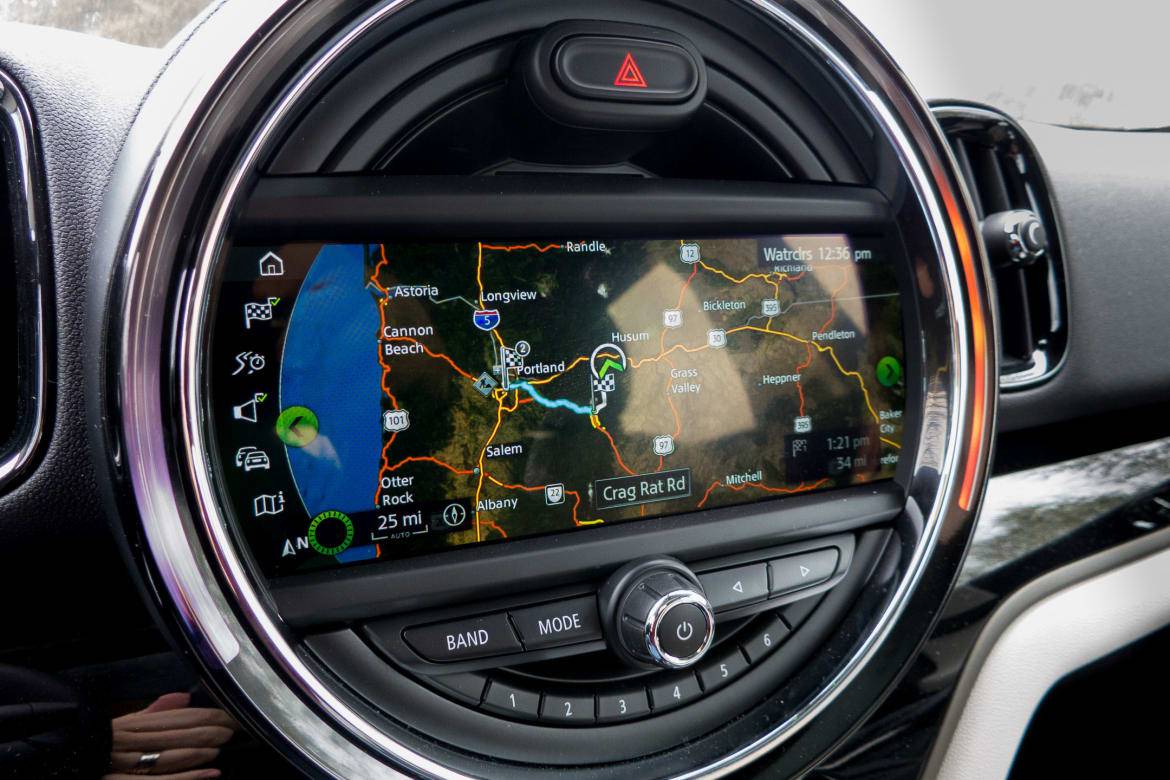
If you don’t get the larger 8.8-inch touchscreen, the standard 6.5-inch display required Mini to keep the multifunction BMW-style iDrive controller down low and rearward on the center console. Its position is unpleasant, being difficult to see and reach, but it still provides a familiar operating practice for people used to the BMW/Mini controllers, and it also works with the larger screen.
The rest of the gauges and displays are typical Mini, which is to say they often emphasize style over function. Lots of people are content to deal with the quirkiness of Mini design (truly, it’s one of the big reasons people purchase Mini vehicles). Whether it satisfies you or not will likely be just a matter of personal taste.
Snowblowers Unwelcome
The new Countryman adds an additional 5.4 cubic feet of cargo room over the outgoing model. While this might seem like a nice bump, don’t let it fool you — this is still a small car, and in the words of Mini’s own product planner, “You’re not likely to be hauling around snowblowers.”
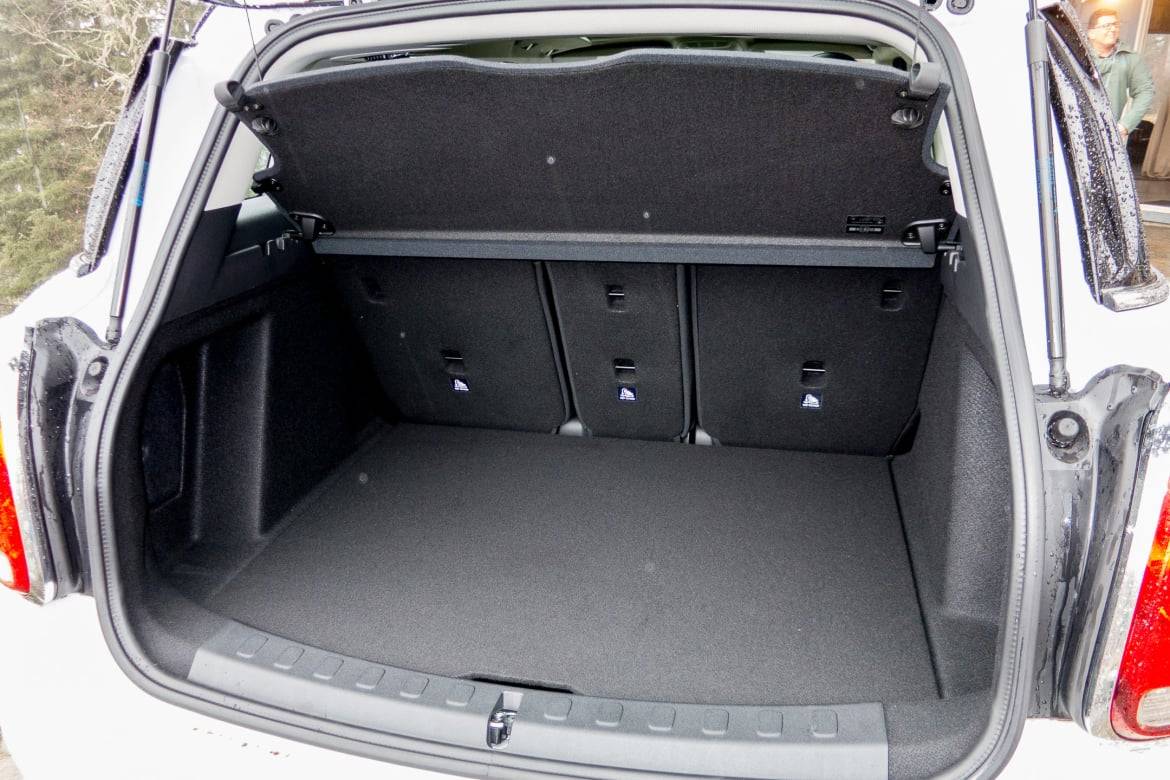
But I do agree with the brand’s contention that it’s big enough for its users, for people who tend to use it in an urban environment to haul around four people plus gear when needed. Plus the novel 40/30/40-split folding, reclining and sliding backseat does improve the Countryman’s versatility. Cargo room is listed as 17.6 cubic feet with the seats up, expanding to 47.6 cubic feet when folded. This is almost identical to the newest Mini Clubman, meaning there’s no real cargo room advantage to getting the taller Countryman, only a difference in seating position.
Rather surprising for a premium vehicle, the new Countryman does not offer all that much in terms of standard electronic safety equipment. Mini includes parking sensors, a backup camera and automatic headlights with rain-sensing windshield wipers as standard, but items like blind spot warning and rear traffic alert with cross-traffic detection are not even available. Forward collision alert with autonomous city braking and automatic distance-keeping cruise control are optional, however.
Versatility Meets Value
The new Mini Countryman represents a dramatic improvement over the awkward, ungainly, compromised previous model. It’s spacious, comfortable, feels more premium, and embarrasses a lot of its competitors with its versatility and even its value. A base Cooper starts at $26,950 including the $850 destination fee. Adding all-wheel drive bumps that up by a round $2,000, while opting for the more powerful, sportier Cooper S will run you $29,950 for a front-wheel-drive model and $31,950 for the ALL4. Add in some common options and you’ll likely move the MSRP up to the mid-$30,000 range. Adding every option and more than a few custom touches will bring the price up to the low-to-mid-$40,000 range. The Cooper S ALL4 I spent most of my time in featured a number of popular options and rang in at just north of $38,000.
Mini seems to have crafted a perfectly sized new offering for people looking for a premium compact crossover, one that’s far more pleasant and accommodating than the one it replaces, without losing any of the magic personality that has made Mini vehicles so popular.
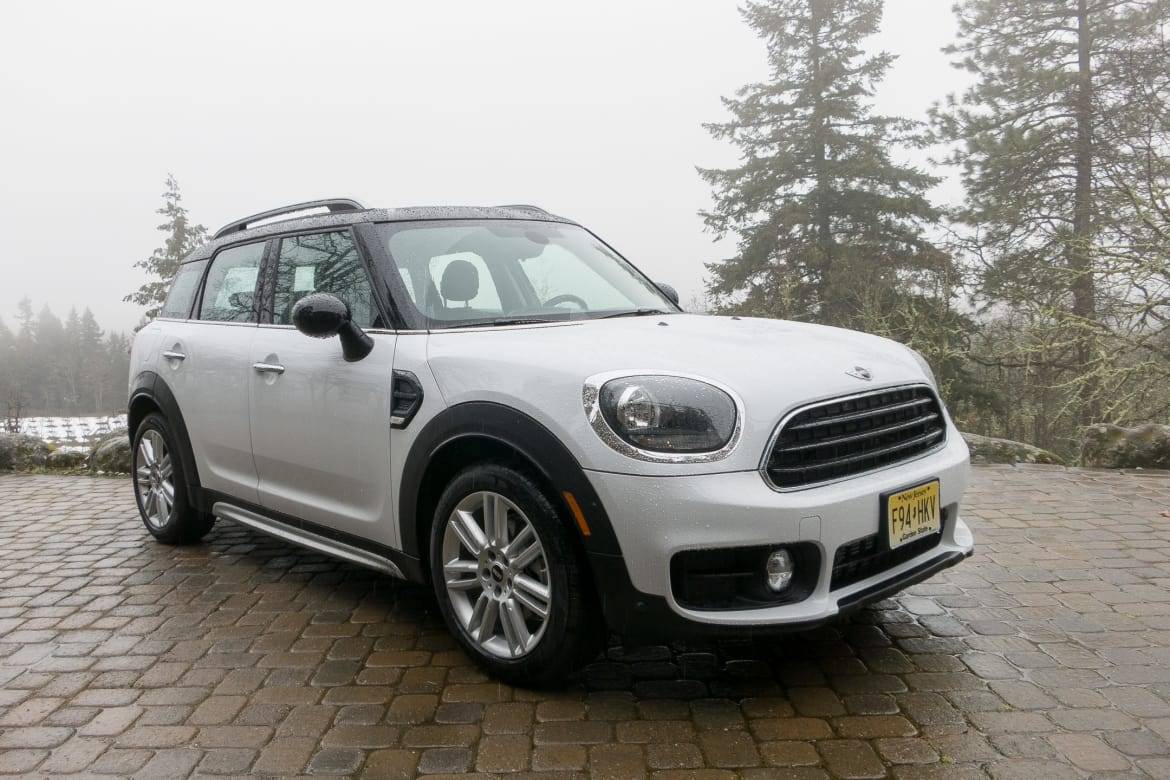

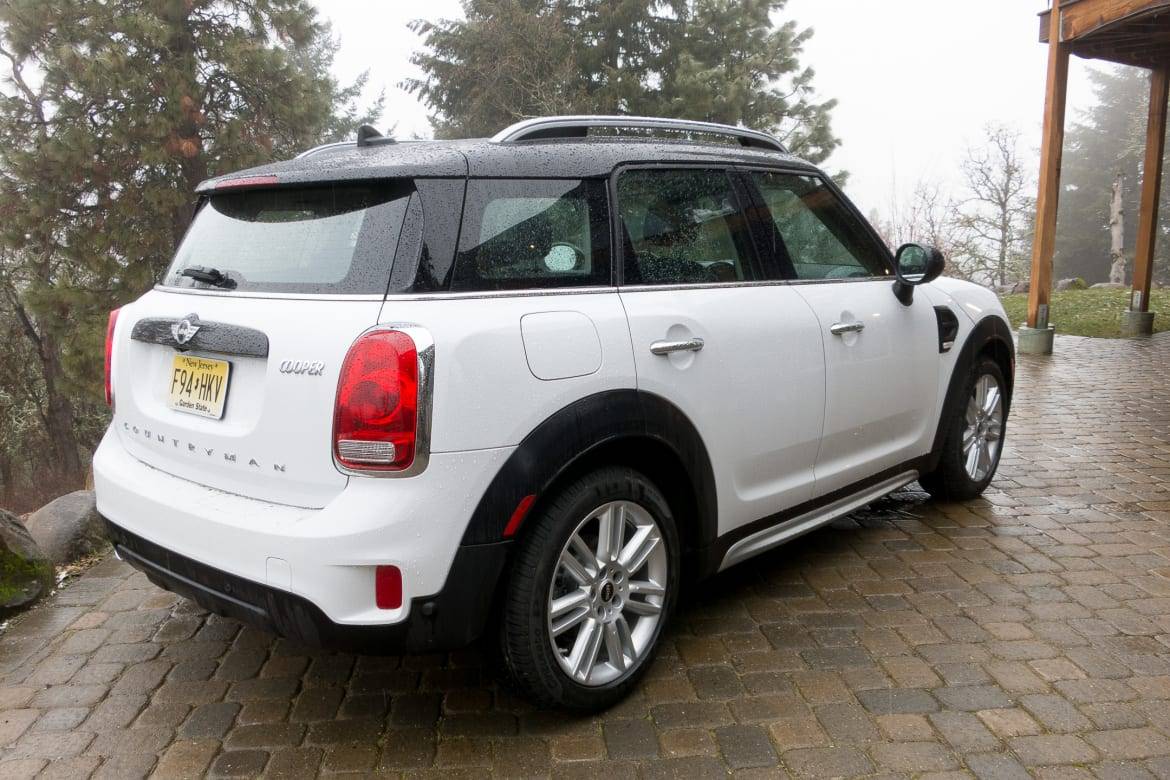

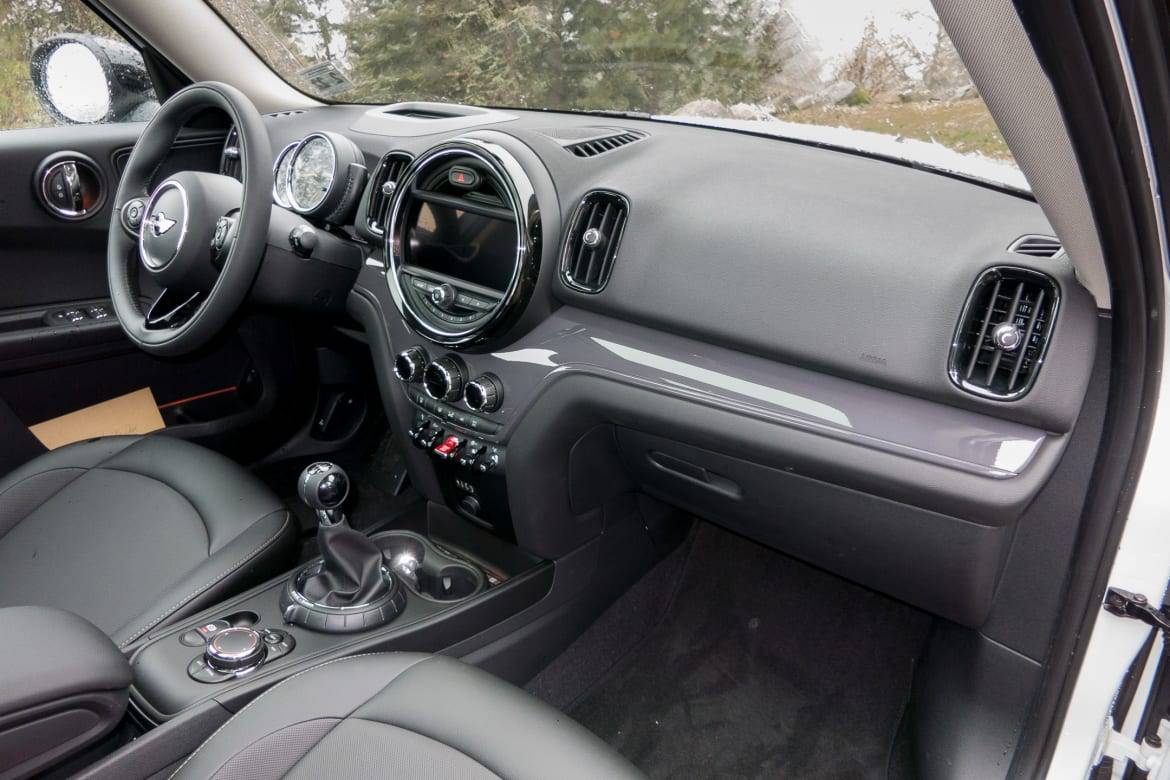
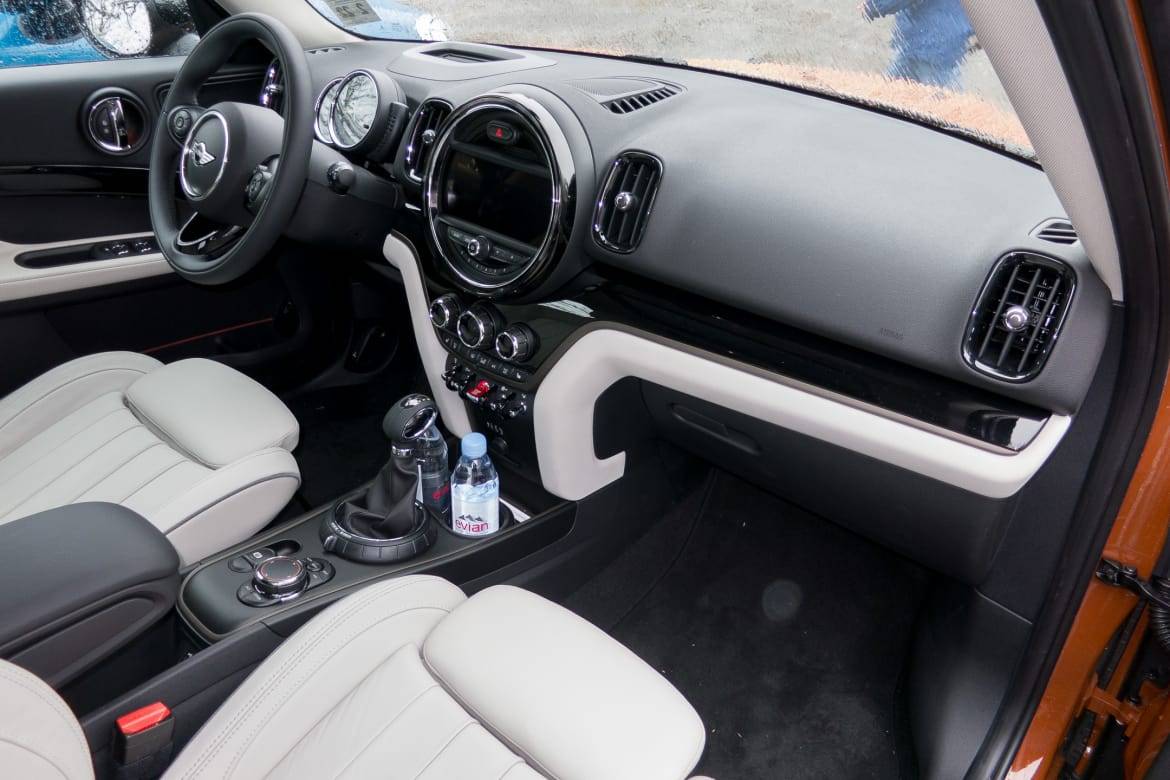

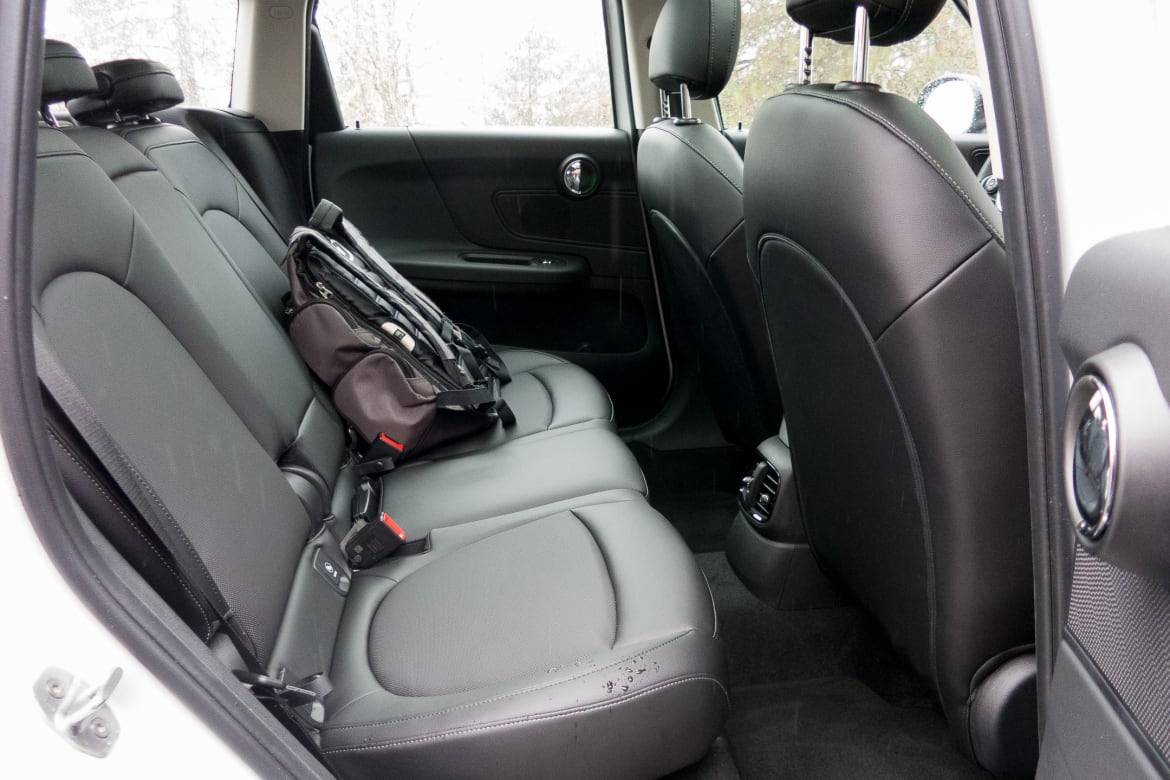

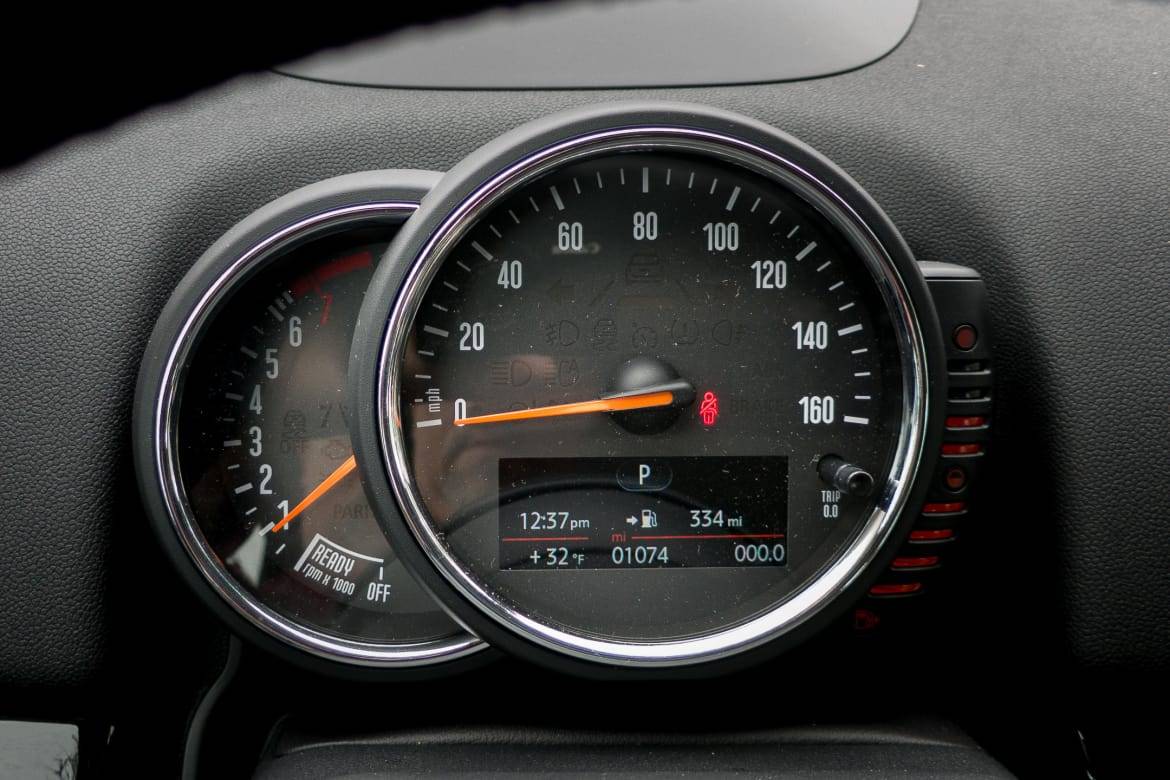

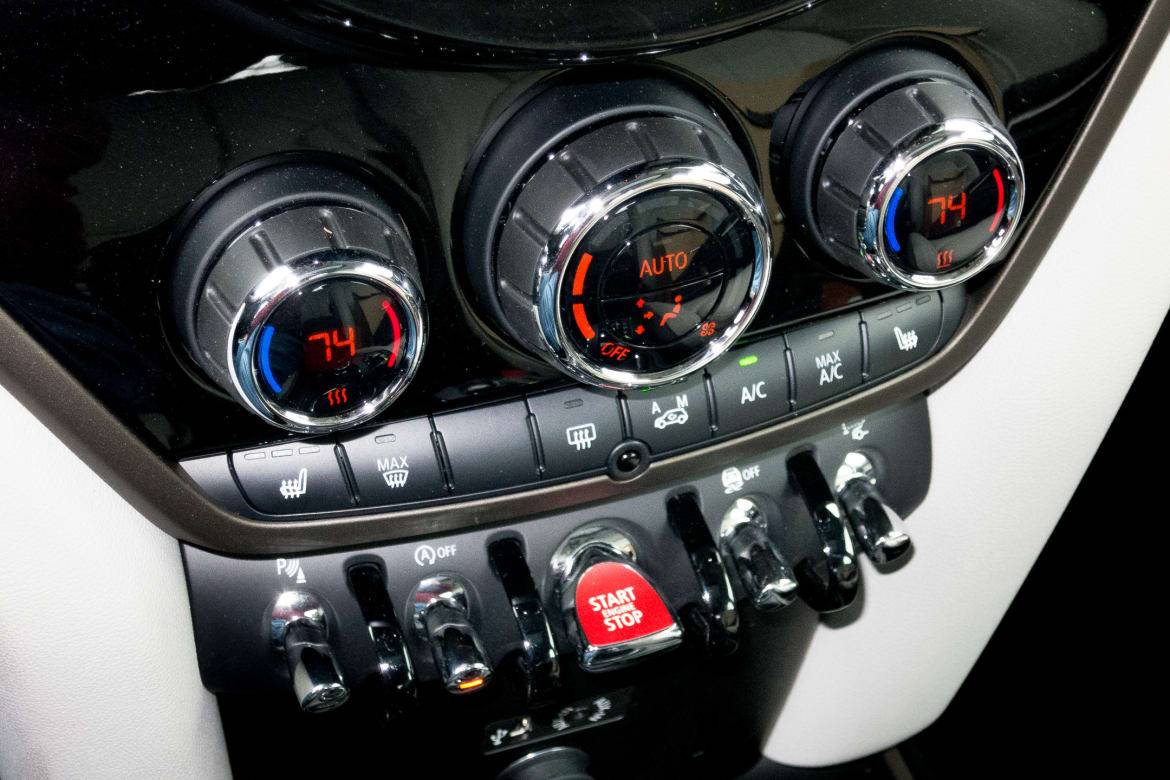

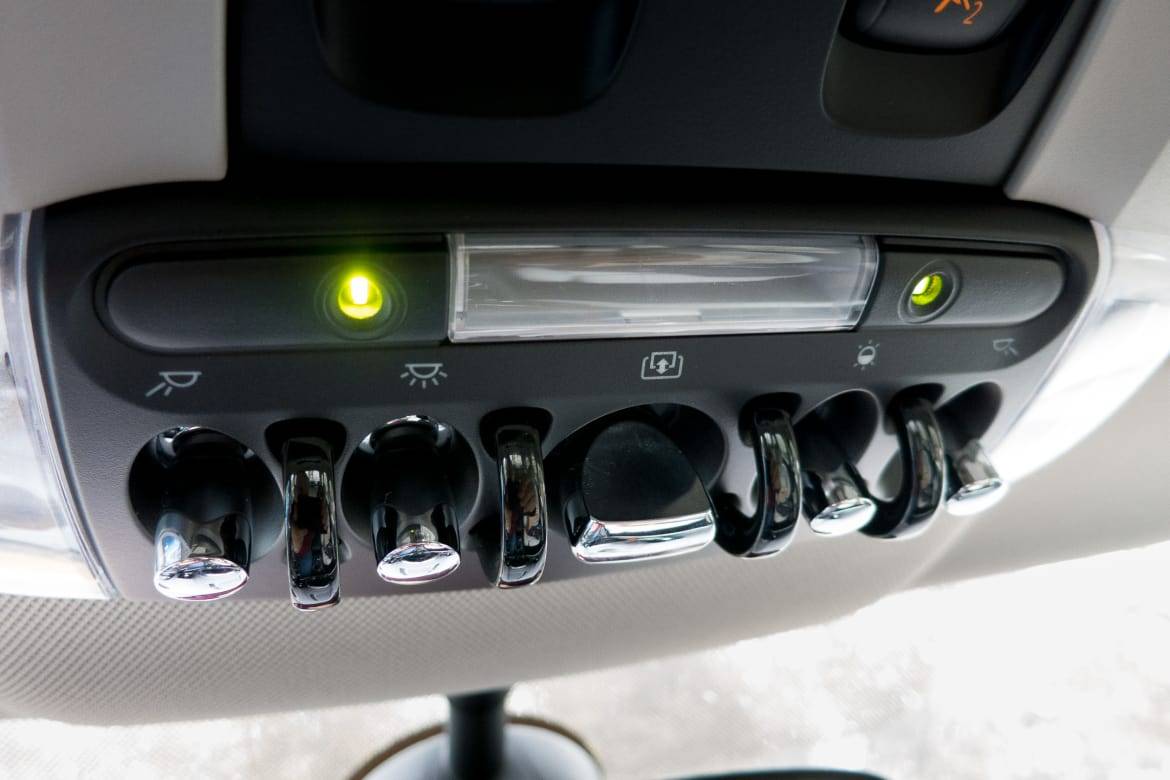

















Detroit Bureau Chief Aaron Bragman has had over 25 years of experience in the auto industry as a journalist, analyst, purchasing agent and program manager. Bragman grew up around his father’s classic Triumph sports cars (which were all sold and gone when he turned 16, much to his frustration) and comes from a Detroit family where cars put food on tables as much as smiles on faces. Today, he’s a member of the Automotive Press Association and the Midwest Automotive Media Association. His pronouns are he/him, but his adjectives are fat/sassy.
Featured stories

15-Year Car Loans Aren’t a Thing, But Americans Are Getting More Comfortable With Long Loan Terms

2025 Kia Telluride Review: Rougher Roads Ahead


















